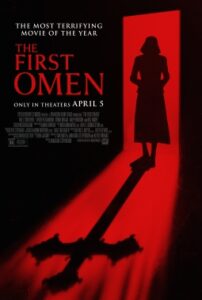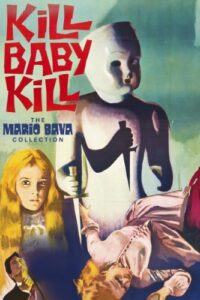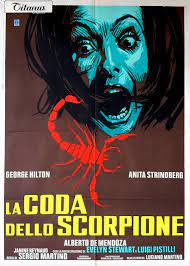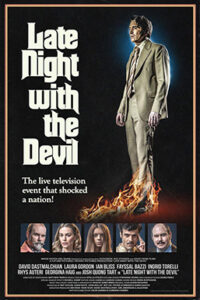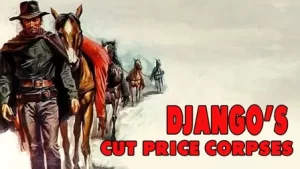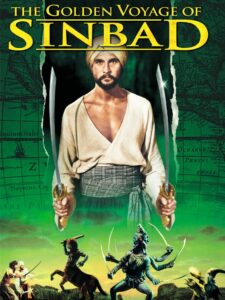.
A little later than I had originally planned I finally got out and watched Immaculate.
A young American nun Cecilia (Sydney Sweeney) arrives in Italy to join a convent follow their recruitment invitation. The convent is dedicated to hospice care for aging and dying nuns and as Sister Cecilia is advised death is daily there. She is befriended Sister Gwen who religious devotion is suspect and seeming without provocation gains the enmity Sister Isabella who is harsh and demanding. Following disturbing nightmares Sister Cecilia is visited upon by a seeming minacious event. As events turn darker Cecilia grows suspicious and becomes the convent’s venerated prisoners as their true nature and intent for her become clear.
Immaculate is a sharp, smart, atmospheric horror film that trusts its audience to understand without spoon feeding laborious exposition. The film opens with a pre-title prolog that discloses nothing of the plot or backstory but rather gives the audience the film’s tone, dark, suspenseful and with flashes of graphic blood violence.
Screenwriter Andrew Lobel and director Michael Mohan have crafted a horror film that relies on character, mystery, and insidious plans rather than an unstoppable killer and body counts. Cinematographer Elisha Christian’s photography is both lush and deeply disturbing. Fearless enough to play scenes in darkness as black, trapping the audience as helplessly as the characters as they stumble about the convent’s catacombs.
Immaculate also leaves the film’s ultimate interpretation up to the audience. It is possible to view all the events of the story as grounded reality without magic or mysticism. It is equally valid to see this as a film that has subtle supernatural elements. Which interpretation the viewer takes with them greatly effects Cecilia’s final actions and determines if they are horrendous, blasphemous, and heroic. Lobel and Mohan do not tell you which it is or how you should feel that they leave to you. I do not doubt that this ambiguity will sit poorly with some. This is a movie I quite enjoyed and left me, even as a non-believer, thinking deeply upon its character and potential meaning.
Immaculate is currently playing and theaters and well worth the time.


